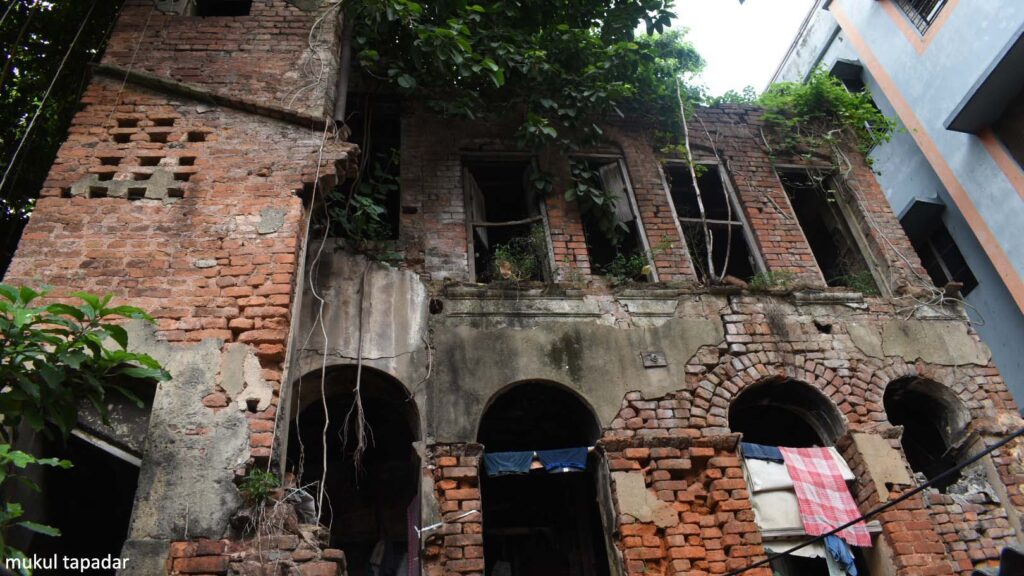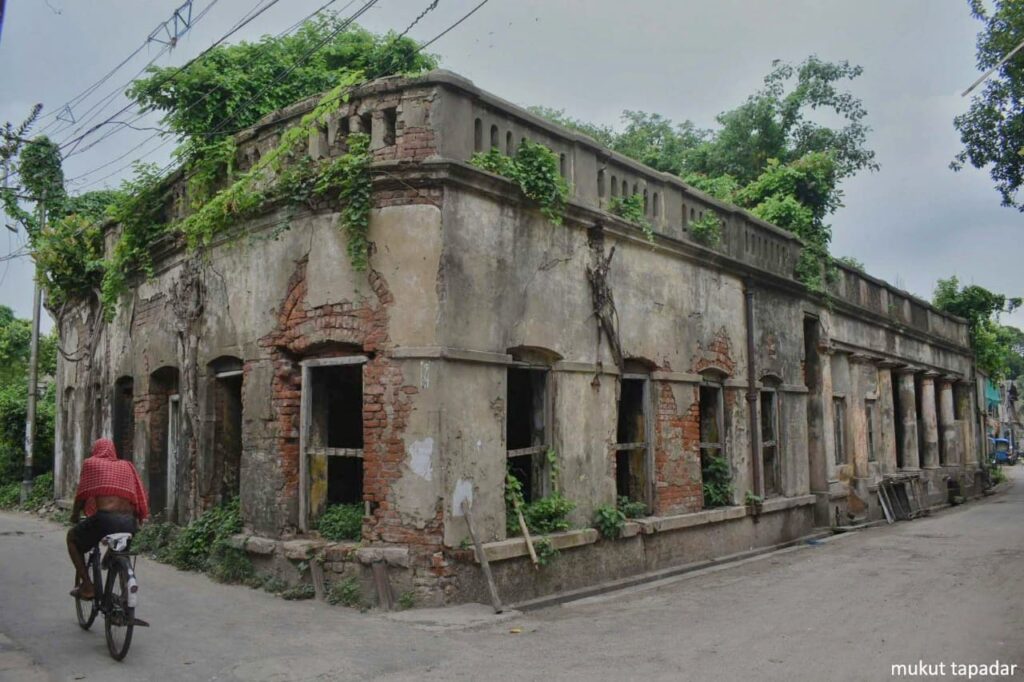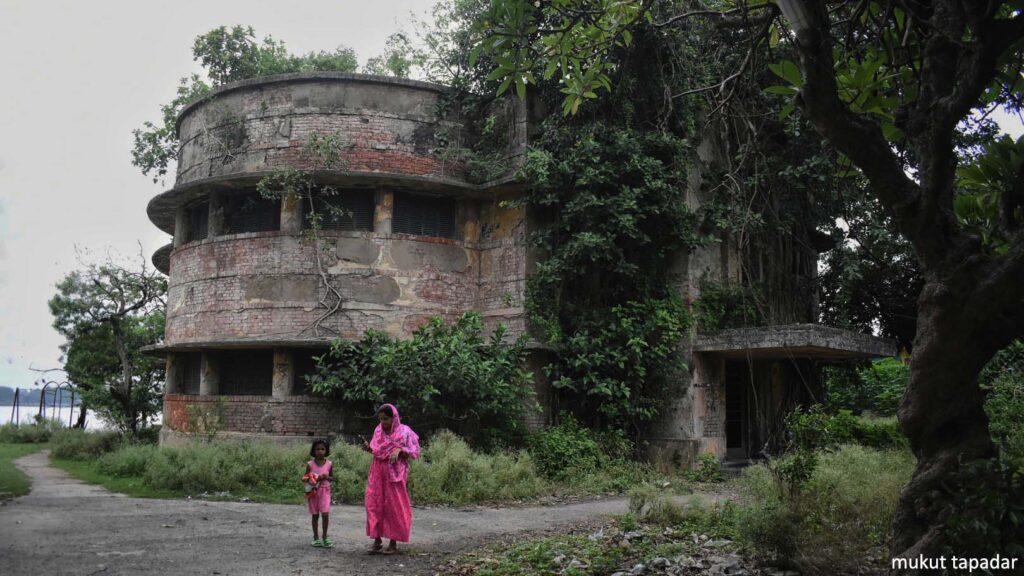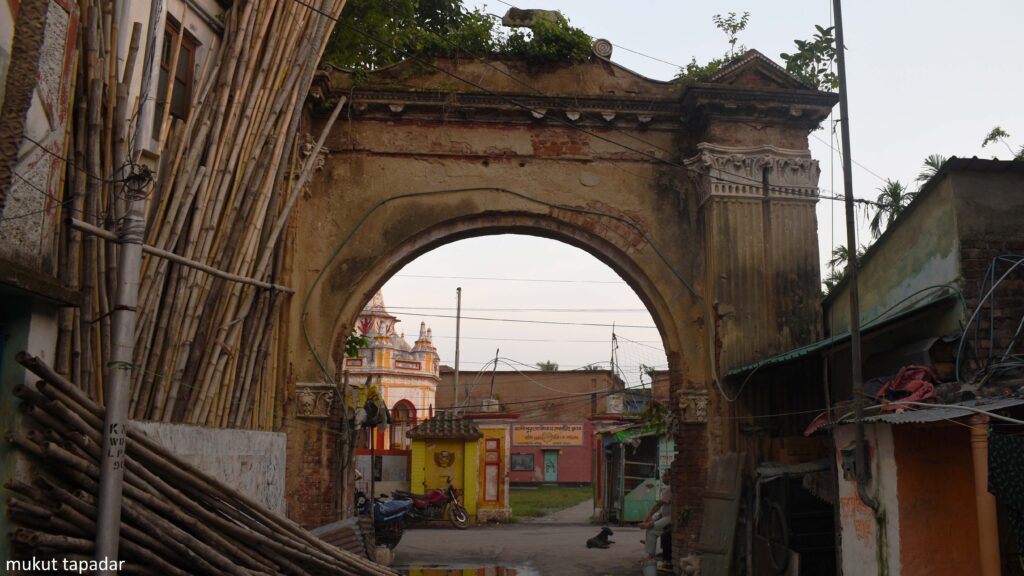Baranagar still houses several Dutch houses, locally known as the kuthibaris (kuthi from kothi and bari meaning house).

Kolkata: There was a time when the Portuguese, the Danes and the Dutch repeatedly anchored their merchant ships on the banks of river Ganga in West Bengal. In those days, Baranagar was a growing region on the northern border of Kolkata. It was here that the Dutch colony was established in the early 1700s and later, taken over by the British East India Company. As a result, Dutch and British houses (kuthis), factories and commercial centres were also built in the area. In 1795, the area was handed over to the British East India Company.

Baranagar still houses several Dutch houses, locally known as the kuthibaris (kuthi from kothi and bari meaning house). In one such kuthi lived the Dutch Governor and the ghat near it was christened Kuthi Ghat. Skirting the Ganga is a beautiful two-storeyed building, surrounded by a garden, where the Governor lived for a few years. In the present times, what remains of the grandeur is just a broken portion of the building.

Close to the Governor’s kuthi is another house built by the officials of the British East India Company. The Gothic-style house served as a police station for some time during the British rule. Later, the police station ceased to exist.
Also Read: Simultala — A forgotten land of the zamindars and Bihar’s Shimla
Baranagar was a major market and a commercial hub under the Dutch rulers. However, several more houses came up after the British rulers took over the area in 1795. In those days, if you wanted to come to India, you had to get a clearance from the Company. Only after the clearance could a person travel to India on a ship, hoping his luck to favour him.

Those who tasted success in business made palatial buildings or kuthis. One such kuthi on the banks of Ganga near the Baranagar Jute Mill is the ‘Saheb Kuthi’. This is the largest house in Baranagar. The house got its name from the obvious — the sahebs lived in it. This house is in dilapidated condition now but although the sahebs have long gone, their memories are still scattered around this kuthi. There was a time when extravagant musical soirees, known as majlis, used to be organised in this kuthi. Entertainment of all forms, dance and music were a part of the Saheb Kuthi in those days.
The sailors used to get down at the broken ghat next to the Saheb Kuthi and travel to the city. A little away from this ghat is the Lochan Ghosh’s ghat. Lochan Ghosh was the dewan of Warren Hastings and just beside this ghat was Hastings’s kuthibari. Hastings use to live in this house with his wife. But the kuthi is nowhere to be found today.

In Baranagar, on the Ratanbabu Road stands another kuthibari — the Narail Kuthibari. Descendants of the zamindars of Narail in Khulna district of Bangladesh started living in India even before the partition of the country. Zamindar Pulin Bihari Roy came from Bangladesh with the aim of zamindari work and started living here. Kali Shankar Dattaray was the founder of this zamindari. An ancestor of the Ray family, Ramratan Ray, was a powerful zamindar. There is still a road (Ratan Babu Road) and a ghat (Ratan Babu Ghat) in Baranagar named after him.
During the British rule, the officals used to call Ramratan Roy ‘Roton’ Babu. Entering through the main shinghadwar of the kuthi, the building on the left once had a horse stable, a place for the lethelbahini and a treasury. At present, these are in a very dilapidated condition. In the past, Durga Puja used to be organised here in great pomp and these days, only Kali Puja, Dol Yatra and Rath Yatra are celebrated according to the tradition.
The kuthibaris have lost their richness over time and are just memories of the past but even today, there is no disagreement, that the houses still have a charm that draws people to them.
